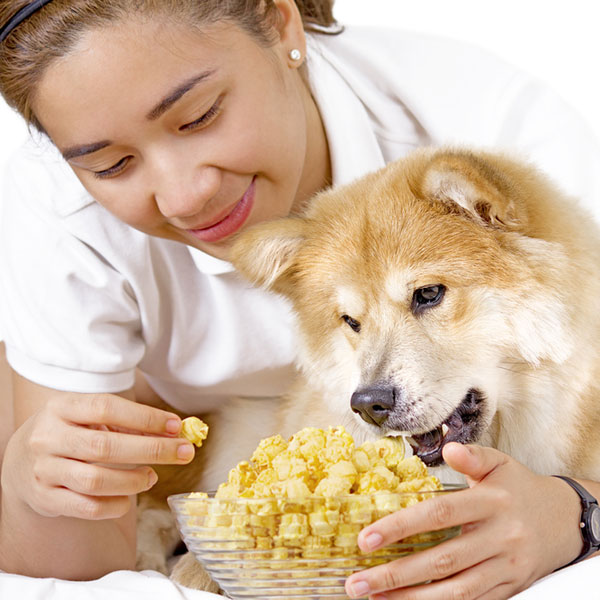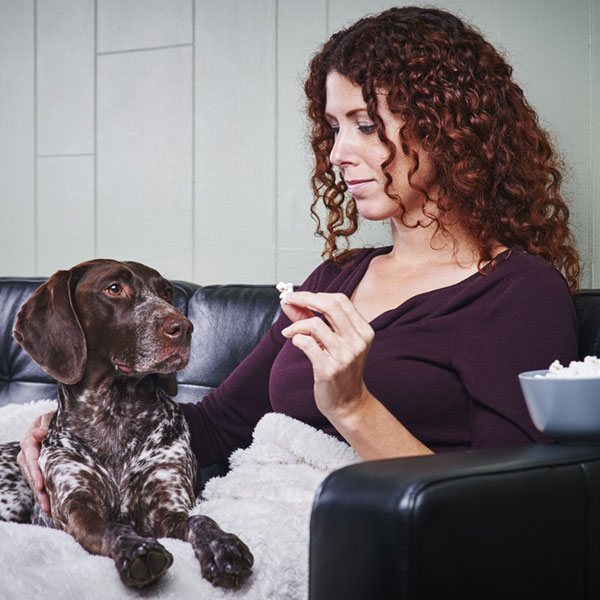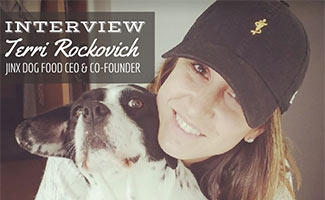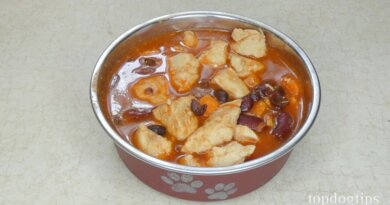Can Dogs Eat Popcorn?
While I was aware that there are many varieties of maize — you call it “corn” — I had no idea until I began researching this piece that popcorn is its own unique strain of the staple grain. Popping corn, scientifically known as Zea mays everta, originated in the Americas, and was grown and consumed from Mexico to Peru for many thousands of years prior to the arrival of European colonists. With its tough and hardy kernels, popcorn is certainly one of the most enduring of all treats.
But is popcorn safe for our dogs to eat? If so, what is the safest configuration or preparation style for dogs? Are there additional reservations we should harbor, or any special risks we should be aware of before tossing a handful to our dogs or puppies? Let’s examine whether popcorn is okay for dogs to eat and in what ways it best suits them.
Is popcorn healthy for dogs?
This is the question of the day, and the answer lies in the particular modes of preparation and in how it is served. In itself, and in moderate amounts, popcorn is an extremely healthy food, both for humans and dogs. Air-popped corn, so that the flakes, as individual units are called, has high nutritional value. Popcorn contains natural dietary fiber, which aids digestion by easing the movement of waste through the intestines.
Popcorn also contains very small amounts of the B vitamins riboflavin and thiamine, both useful to visual apparatus, digestion, and maintaining energy levels. There’s really not enough of either to make a huge difference to your dog’s overall health or well-being, but neither are they harmful. Fresh and unseasoned popcorn is also a source of iron and protein.
Naturally, dogs derive more benefit from proteins found in meat, but again, in small amounts, proteins from popcorn are not detrimental to their health. Other strains of corn and cornmeal are typical ingredients in commercially available dog food, meant to supplement and fill out kibbles. These other kinds of corn, boiled and removed from the cob, are likewise safe for dogs to eat in moderation.
Preparation and additives change the game
Air-popped popcorn is a light and natural treat, which both human and dog can enjoy. In its more common and, to many, more appealing variations, however, popcorn is far less salutary to a dog’s digestion. One doesn’t often encounter dogs at movie theatres or art-house cinemas, but the mass-produced popcorn sold at these venues is more of a health risk to dogs and owners than a boon.
Popped in industrial machines in heavy oils and covered in salt and butter-flavoring solutions, the popcorn you get at a film, your local ballpark, fairground, or street festival tends to be so saturated in additives and chemicals as to negate all nutritional value in the corn itself. Butter and salt, to the degree they’re present in the popcorn sold by vendors and ingested in sufficient quantities, can lead to diarrhea, due to the butter, and dehydration, excessive thirst, and kidney damage, due to the salt.
Microwave popcorn is just as bad. The average healthy adult dog should get no more than 10mg of sodium per pound of body weight per day. According to Consumer Reports, the most common brands of microwave popcorn contain anywhere from 150-300mg per serving! The gentleman in the photo above is priming his dog for digestive upset and salt toxicity.
Keep it light and poppin’ fresh
Similar dangers present themselves in other popcorn variants, from kettle corn and Cracker Jack to caramel corn and cheddar cheese popcorn in the snack aisle at the grocery store. While the mere mention of these festive and flavorful snack treats is enough to invoke happy memories of childhood, none of these is at all good for my dog or yours. Excessive sweeteners, flavorings, and chemical preservatives make each of these popcorn varieties health hazards for our dogs.
If you want to share popcorn with your dog, stick to unseasoned, air-popped popping corn. If you feel you must season it at all and still want to share with your puppy pal, a very light dash of nutritional yeast is all the flavoring you need.
Read Next: What Fruits Can Dogs Eat?








